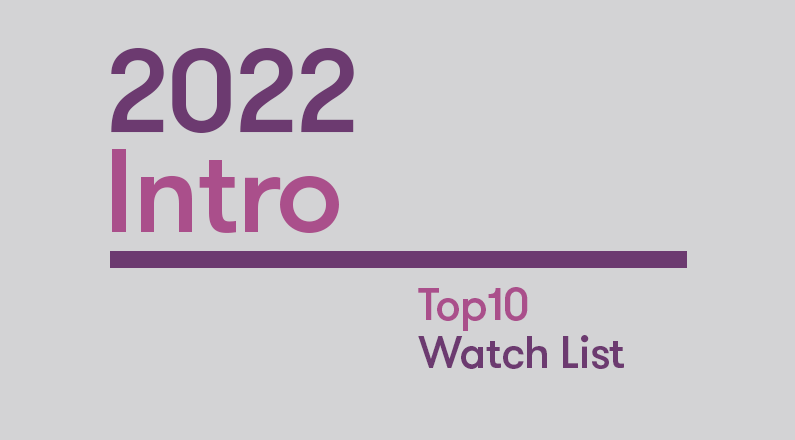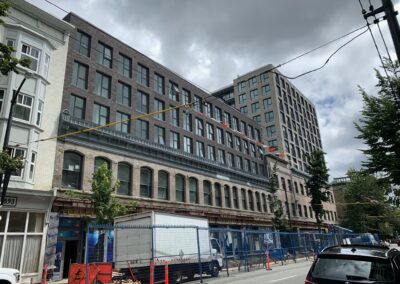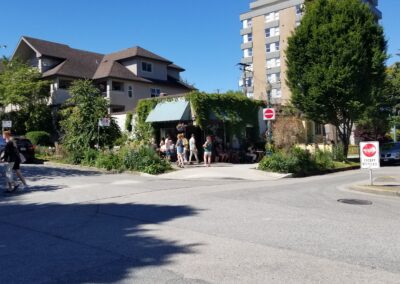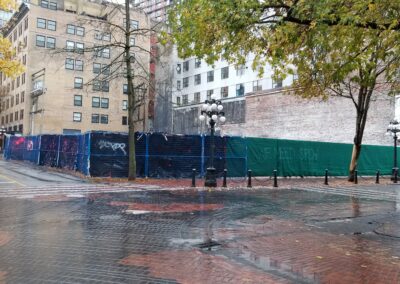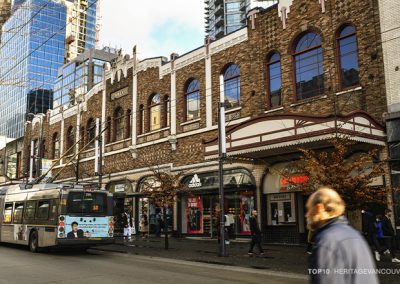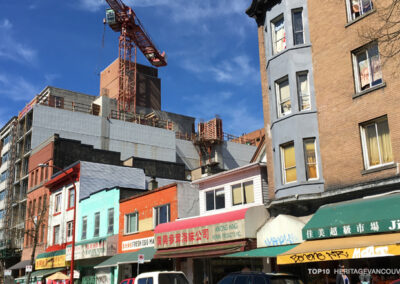We annually share with you ten places, topics or themes that are of special interest to us. For about a decade now, Heritage Vancouver Society has publicly stimulated the inclusion of diverse communities, voices and stories into the heritage field. Vancouver’s “official” heritage story, planning and thinking have long been centered around a rather narrow, Eurocentric, and settler-oriented narrative.
What started with community advocacy to protect valued places in Vancouver from urban renewal and modern city planning throughout the 1950s, 60s and 70s developed into a heritage program that not only encouraged, but also shaped a particular understanding of what heritage is and what it is about.
The municipal and provincial designation of Gastown and Chinatown in 1971, and the introduction of the Vancouver Heritage Inventory (now Register) in 1986, are two examples of planning tools that were introduced to manage change in regard to, and to protect, historically and aesthetically significant houses, buildings and other objects in Vancouver.
These tools have promoted and strengthened the notion that heritage predominantly, if not only, exists in material form and that this type of heritage is a universally celebrated reflection of culture.
Times have changed, however, and within the last few years particularly, repetitive calls by previously unheard communities to be part of the heritage conversation are partially being answered. The toppling and removal of Gassy Jack’s statue in Gastown, the phased demolition of the Balmoral, the future of the Fairmont Building and the associated, Indigenous-led development on the Heather Lands, are examples of how the city’s landscape is changing, and how different perspectives on heritage are being acknowledged by City Hall.
The renewed conversations about whose heritage is conserved inevitably come with renewed discussions on how heritage is conserved. These two topics are the main focus of this year’s Top10 Watch List.
More voices, more challenges, more opportunities.
This year’s Top10 Watch List starts with an in-depth article about the Downtown Eastside. This neighbourhood is unmistakably associated with Single Room Occupancy (SRO) hotels. The article provides insights on the complex relationship from the DTES with heritage, and takes a look at the future while keeping in mind a balanced approach between built heritage, lived experience and the essence of the community.
Second on our Top10 Watch List is our start to a meaningful conversation about the City’s initiative to revise one of its heritage planning tools, the Vancouver Heritage Register. A product of its time, the Vancouver Heritage Register has contributed to the exclusion of many voices from heritage conversations, and City staff is looking for a new life for this list under the new Vancouver Heritage Program.
Number three on our Top10 this year is called Neighbourhoods. It reflects on the future of Vancouver’s neighbourhoods and the involvement of neighbourhood residents in planning given the nature of public debate around land use and growth in the city.
Neighbourhood involvement and new development are the main themes of the article about 6495 Main Street and the Punjabi Market Collective.
How heritage thinking has changed in the last two decades is covered in “Hastings Park and Internment”. In our article about the Heather Lands, we share our perspectives on the MST-lead development plans, and the rich and inspiring way to think about and approach place.
The Heather Lands article is followed by two entries about the Winters Hotel and the 800 Block on Granville Street, which focus on development within a heritage (built and non-built) setting.
We address our continuous concerns about the protection of places that sustain food cultures, and share examples of different opportunities to protect local businesses in article no. 9. Finally, we have a thought-provoking item on the future of Vancouver’s historic districts.
Each year it is our pleasure to share with you our ideas about heritage in Vancouver in our Top10 Watch List. Many of these items also become part of our community programming, including Walking Tours, Reading/Listening Room, and Shaping Vancouver. We hope to welcome you there and share your experiences with us.
While reading our articles, please take a moment to reflect on what it means to talk about heritage on the traditional, ancestral and unceded territories of the xʷməθkʷəy̓əm (Musqueam), Sḵwx̱wú7mesh (Squamish) and Səl̓ílwətaʔ/Selilwitulh (Tsleil-Waututh) peoples.
We acknowledge the financial assistance of the Province of British Columbia
